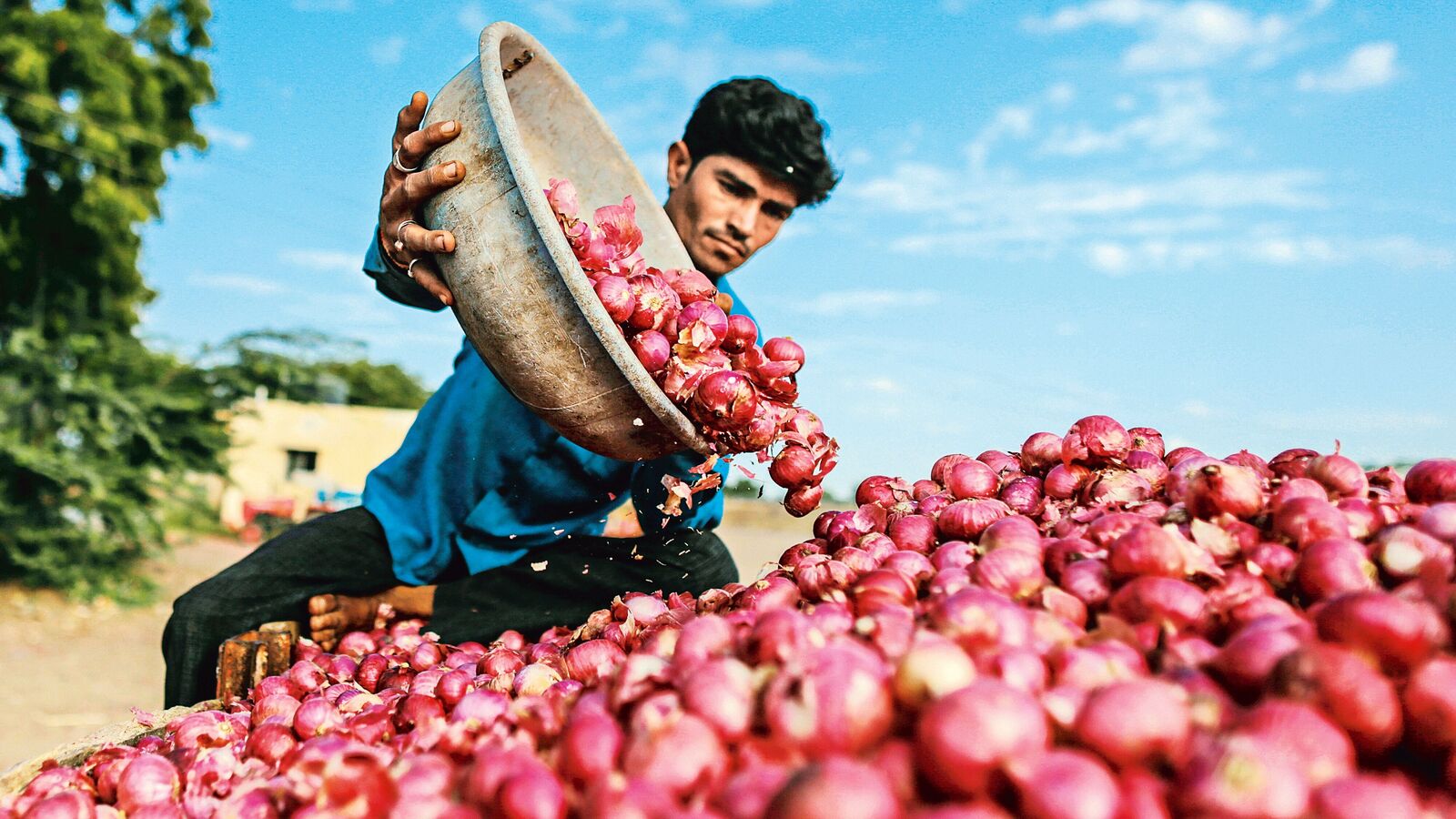India’s wholesale inflation has seen a slight uptick, reaching 2.38% in February, a modest increase from 2.31% the previous month. According to the provisional data released by the Union Commerce Ministry, this rise can be attributed to a slower decline in fuel and power prices, alongside an increase in manufactured goods. Interestingly, this figure slightly exceeded the 2.36% forecasted by economists in a recent Reuters poll.
Food Prices: A Mixed Bag
Food prices, which play a crucial role in the wholesale price index, witnessed an annual increase of 5.94% in February. However, this was a decrease from the 8.85% rise in December and 7.47% in January. Notably, cereal prices rose by 6.77%, down from 7.33% the month before. While vegetable prices dropped by 5.80% after a significant 8.35% increase in January, there were notable price hikes in onions and fruits during the same period.
- Annual Food Price Changes:
- Cereal Prices: 6.77% increase
- Vegetable Prices: 5.80% decrease
- Onions and Fruits: Price increase
Sonal Badhan, an economist at the Bank of Baroda, commented on the situation: “Food inflation has eased, primarily due to a general slowdown. The vegetable index saw the most significant decline, followed by food grains and protein items such as milk and eggs.” She also noted that as global trade tensions escalate and uncertainty looms around potential U.S. Federal Reserve rate cuts, we can expect ongoing market volatility.
Rise in Manufactured Products
When looking beyond food, prices for manufactured products, which account for about 64% of the wholesale price index, increased by 2.86% year-on-year in February. This is an uptick from 2.51% in January and 2.14% in December. Conversely, fuel and power prices experienced a 0.71% decline compared to a larger drop in previous months.
Key Insights:
- Manufactured Product Prices: 2.86% increase
- Fuel and Power Prices: 0.71% decrease
- WPI-Food Inflation: Eased to 5.9%, down from 7.5%
Rahul Agrawal, a senior economist at ICRA Ltd, explained that the overall inflation pressures were tempered by a notable decrease in food prices, particularly vegetables, while the core non-food manufacturing index reached a 24-month high of 1.3%.
The Bigger Picture: Retail Inflation
In terms of consumer prices, retail inflation, as measured by the Consumer Price Index (CPI), stood at 3.61% in February, down from 4.26% in January. This data highlights the effectiveness of the Reserve Bank of India’s (RBI) recent monetary policies. Last month, the RBI’s Monetary Policy Committee set the repo rate at 6.25%, marking the first easing since the onset of the COVID-19 pandemic in 2020.
The central bank’s strategy to manage inflation through interest rates is crucial. Higher rates generally lead to increased borrowing costs, which can dampen consumer spending and ultimately reduce inflationary pressures. The RBI aims for a medium-term CPI inflation target of 4%, within a band of plus or minus 2%.
Conclusion
As India navigates these economic changes, the interplay of food prices, manufactured goods, and the overall inflation landscape will be vital for both policymakers and consumers. Keeping a close eye on these trends will be essential in understanding the broader economic implications as we move forward.











